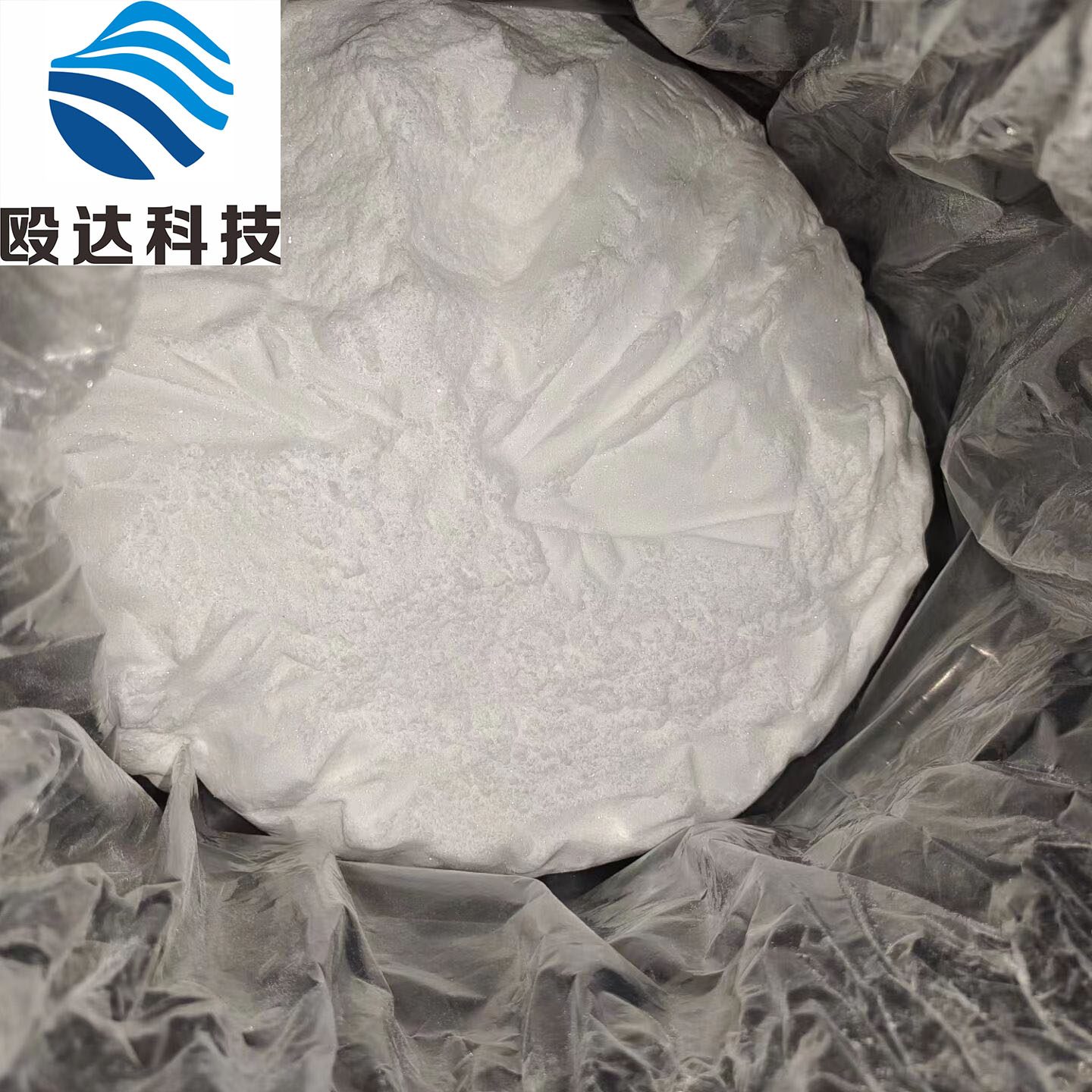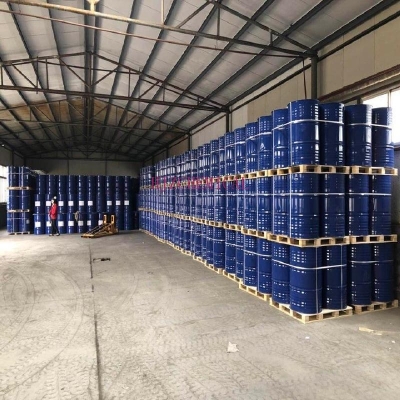-
Categories
-
Pharmaceutical Intermediates
-
Active Pharmaceutical Ingredients
-
Food Additives
- Industrial Coatings
- Agrochemicals
- Dyes and Pigments
- Surfactant
- Flavors and Fragrances
- Chemical Reagents
- Catalyst and Auxiliary
- Natural Products
- Inorganic Chemistry
-
Organic Chemistry
-
Biochemical Engineering
- Analytical Chemistry
- Cosmetic Ingredient
-
Pharmaceutical Intermediates
Promotion
ECHEMI Mall
Wholesale
Weekly Price
Exhibition
News
-
Trade Service
The second wave threatens the recovery of the EU chemical industry
According to the latest quarterly report of the European Chemistry Council (Cefic), EU chemical production showed signs of recovery in the third quarter, increasing by 6.
1%
from the second quarter.
Previously, the second quarter was down 8.
7%
from the first quarter.
However, Cefic said the rebound in EU chemical production is slowing
due to the impact of the second wave of the pandemic.
From January to September, EU chemical production fell by 4.
4% year-on-year, mainly due to the outbreak
in Europe, the report said.
From January to August, EU chemical industry sales revenue fell 9% year-on-year to 318.
2 billion euros, mainly due to weak domestic demand in Europe and deteriorating
trading business environment.
From January to August, EU chemical export revenue fell 5.
5% year-on-year to US$111.
7 billion, and imports fell 3.
9% year-on-year to €86.
4 billion
.
Cefic said the recovery that began in May has run out of steam, and the duration and severity of the second wave of the outbreak will affect the level of chemical production in
the EU.
Nigeria will lead refining capacity growth in Africa
According to GlobalData, Nigeria is likely to add 1.
5 million b/d of refining capacity
by 2024.
Nigeria will account for about 71% of the region's new refining capacity by 2024, leading Africa's refining capacity growth
.
Africa's refining capacity is expected to increase from 3.
7 million b/d in 2020 to 5.
8 million b/d
in 2024.
Of the region's new refining capacity, 2 million b/d is expected to come from planned projects, with the remaining 100,000 b/d likely to come from the expansion of existing refineries
.
Amareswari Kanaparthi, oil and gas analyst at GlobalData, said: "Nigeria will drive refining capacity growth
in Africa, mainly through greenfield projects.
Much of the new capacity will come from the planned Lagos I refinery, one of the world's largest soon-to-be, with a designed processing capacity of 700,000 bpd
.
”
The U.
S.
base oil market continues to recover
According to EIA data, U.
S.
base oil production in September was 11% below the average for the same period over the past five years, the industry's best performance
since the pandemic hit the global economy.
U.
S.
refiners produced 4.
5 million barrels of base oil in September, down slightly from 4.
6 million barrels in August but closer to the average for
the same period over the past five years.
August production was 20 percent
below the average for the same period over the past five years.
Since March, the monthly base oil production in the United States has decreased by 13%~25%
compared with the average of the same period in the past five years.
Base oil marketers said production in September could have been higher
if Excel Paralubes' base oil production unit in Westlake, Louisiana, had not been idle for a month due to the aftermath of Hurricane Laura.
The global bio-based plastics industry will grow rapidly in the next five years
At the 15th European Bioplastics Association Conference held recently, François de Bie, president of the European Bioplastics Association, said that after the challenges of the epidemic, the global bioplastics industry is expected to grow by 36% in the next five years; The outlook for bioplastics is also bright, with global bioplastics production capacity increasing from about 2.
1 million mt/year in 2020 to 2.
8 million mt/year
in 2025.
Innovative biopolymers will continue to drive this growth
.
Such as bio-based polypropylene (PP), especially polyhydroxyfatty acid esters (PHAs).
Since PHAs entered the market, market share has continued to grow
.
In the next five years, PHAs production capacity is expected to increase nearly seven-fold
.
Production of polylactic acid (PLA) will also continue to grow as China, the United States and Europe are investing in new PLA projects
.
At present, biodegradable plastics account for nearly 60%
of global bioplastics production capacity.







